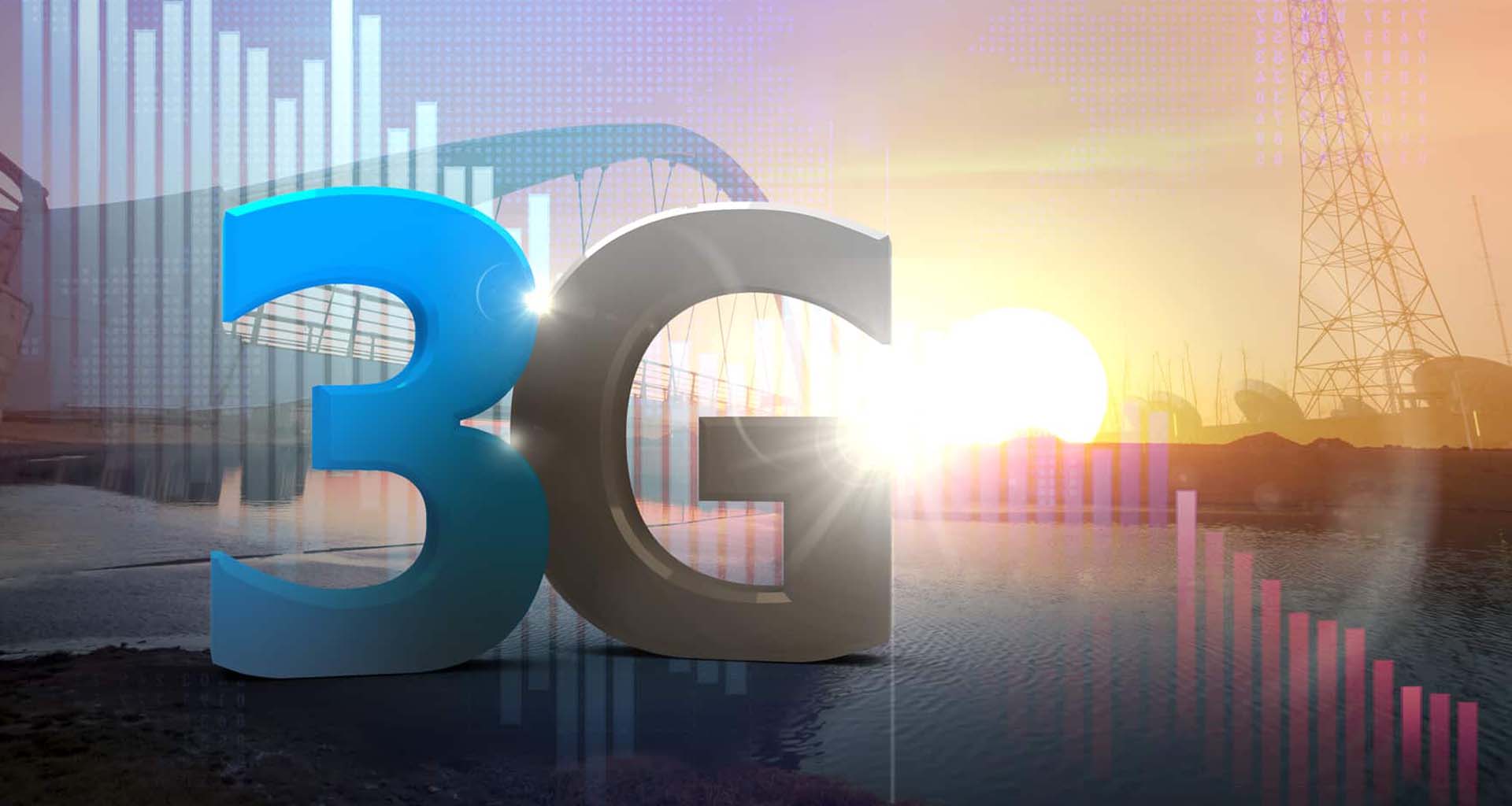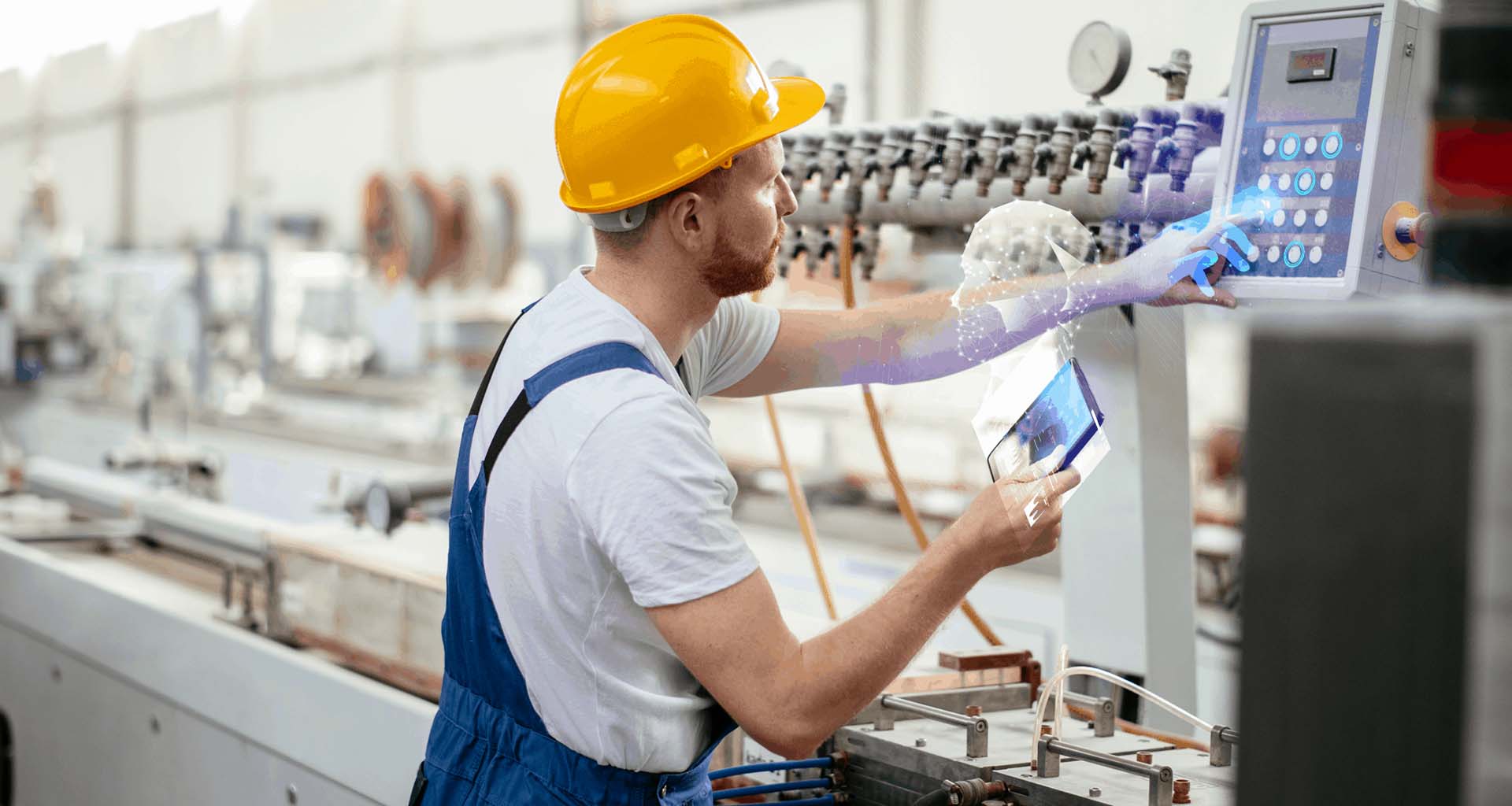Contents
3G sunsetting is a significant step in the evolution of wireless communication. Old 3G technology is set to become obsolete as manufacturers and MNOs shift towards 4G LTE and 5G. As this 3G upgrade to 4G shift occurs, service providers will shut off the cellular infrastructure required to operate communication devices on the 3G networks. With an estimated 64 million IoT devices in the U.S running on 2G or 3G networks (over 50% of the total devices), much is at stake.
When will 3G be shut down?
All providers will shut down their 3G networks by the end of 2022. While some cellular providers, such as T-Mobile, have yet to release their exact 3G sunset dates, others have published their schedule. AT&T will stage its sunset in January 2022, and the Sprint 3G shutdown is coming in December 2022. Verizon already began to shut down its 3G networks at the end of 2020, but the sunset for commercial and government customers will be at the end of 2022.
The Impact of 3G Sunsetting on Home Security
As sunsetting deadlines approach, security firms stand to be among the most affected. These firms need to figure out how to upgrade their subscribers’ devices to ensure uninterrupted service. For home security customers, home security alarms have become a critical focus of this switchover. When 3G networks are shut down, alarms reliant on this technology will lose connectivity; thus, an alarm triggered to report a fire, home invasion, medical emergency, or dangerous carbon monoxide levels will fail to alert the central monitoring system, with potentially disastrous implications.
The importance of this issue for the security industry is underscored by the launch of The Monitoring Association’s (TMA) industry-wide advocacy campaign, calling on AT&T to delay their 3G sunset. According to the TMA, approximately 6 million 3G radio alarm systems need to be switched out and upgraded.
An inability to smoothly and promptly manage the transition to a 4G home security system could result in higher-than-average customer churn. By contrast, service providers who succeed in making the transition as seamless as possible can use the 3G sunsetting as an opportunity to upsell and remove barriers to broader adoption of home automation technology.
Truck rolling the upgrade is not feasible
An on-premise upgrade requires the dispatch of a technician and entry into the customer’s premises. Truck rolling an operation on this scale is expensive, with companies incurring a cost of anywhere from $150 to $500 per visit. Additionally, the wide service window — caused by unknowns such as travel time — makes for negative CX.
The safety precautions of Covid-19 only compound the challenges of truck rolls. A recent TechSee survey revealed that 65% of respondents would rather avoid technician visits due to safety concerns unless essential. An additional 60% of respondents would consider leaving a company following a technician visit that did not meet their safety expectations.
A further complication is that a large-scale truck roll will likely require more technicians. However, training new technicians presents a logistical challenge to service providers. Holding a training seminar for all company technicians is not only costly but also impractical. Companies cannot deplete their entire workforce when there is an around-the-clock need for technical assistance.
Visual Assistance for 4G Home Security System Upgrades
Visual assistance technology using AI & AR allows security firms to perform the 3G upgrade remotely, keeping operational costs down while offering exceptional customer service. Let’s take a look at the contact center, field service, and self-service options available to security firms to deliver the 3G upgrade to 4G:
Directing the customer remotely
Home security consumers who have received notification from their service provider can visually connect to a contact center agent who will walk them through the different upgrade stages. Using their smartphone camera, consumers can show agents the keypad, control panel board, and the old 3G communicator, enabling the agents to provide real-time step-by-step guidance in carrying out the upgrade from start to finish. This method eliminates misunderstandings, provides a low-effort resolution, and drives call deflection.
Field service teams can also utilize visual assistance to deliver upgrades to outlying areas and reduce the need to train more technicians.
Using visual assistance, technicians can guide the home security customers from any remote location without needing to be in their home. With eyes on the customer’s environment, the technician is in a better position to complete the upgrade successfully and engage with the customer on a personal level, something that is not generally expected from a traditional role of a technician. For example, the technician can advise the customer on the best placement of sensors and security cameras, suggest equipment upgrades such as door locks and smart thermostats, and provide tips to reduce false alarms.
Helping an on-site technician
When encountering complex upgrades or outdated equipment, technicians working in a customer’s home can use visual assistance to consult with a remote expert. Technicians can transmit videos and images of technical issues from the field and receive support. This visual assistance is especially advantageous as the 3G upgrade to 4G is new to many technicians and may involve unfamiliar equipment. Using AR tools and visual instructions, the expert can guide the technician to remove the old communicator and add and activate the new communicator.
Autonomous assistance for field services is another alternative. Technicians point their phones to the control panel being serviced so that the virtual assistant can identify the equipment and detect the model activation codes. The technician is then visually guided to resolution with step-by-step instructions in the form of interactive, annotated images. AI can then verify that the technician has successfully activated the new communicator and completed the upgrade.
Self-installation with visual assistance
Visual assistance’s self-service options equip customers with the ability to perform upgrades and installations themselves without an agent or technician’s help. Using AR technology, virtual visual assistants can provide on-screen annotations directly on the customer’s home security system to help guide the customer through the process.;
Self-service visual assistance options improve CX, with 78% of respondents in a Smart Home support survey answering that they prefer to onboard new smart home devices independently (compared with only 17% favoring a technician doing it for them). The security firm ADT, for example, acquired a company called Cellbounce that offers a plug-and-play solution that upgrades 3G systems instantly, with no technician required.
Simplifying self-installation empowers customers by giving them greater autonomy to solve their technical problems themselves.
3G upgrade to 4G using visual assistance
Home security systems protect life, safety, property, and health. To ensure a seamless upgrade from 3G to 4G, vendors must deliver service in the safest and most convenient way possible. With the smart home device market growing and becoming more competitive, ease of installation is crucial for the customer experience and is a key differentiator between service providers.
Visual assistance powered by AR delivers a quick, convenient, and contactless method to provide exceptional customer service via the contact center, field service, and self-service. The technology not only reduces costs and customer churn but also helps build long-term customer loyalty.






